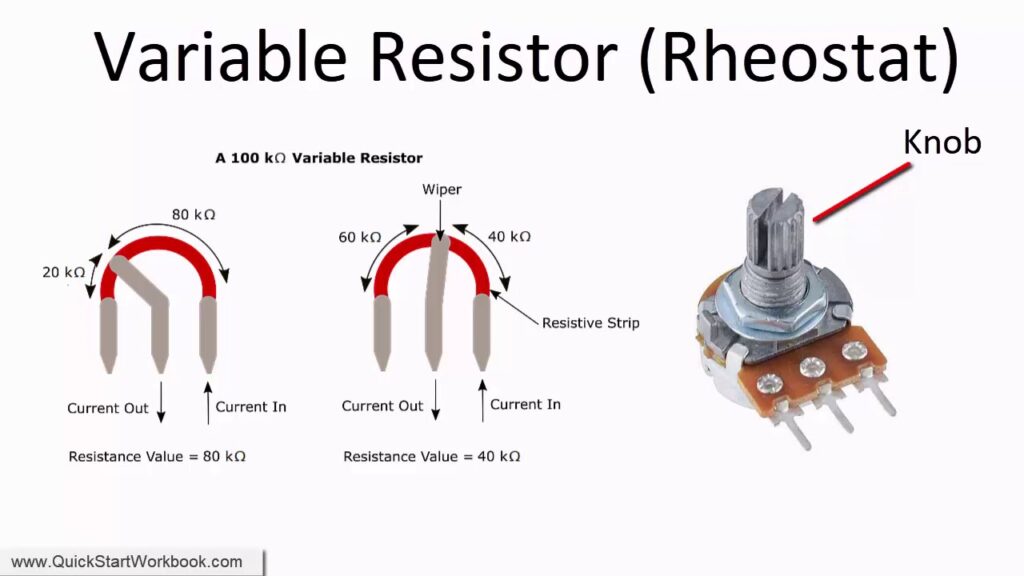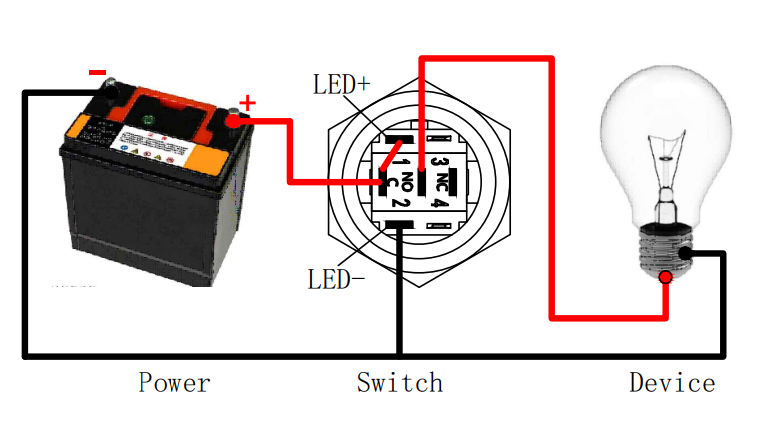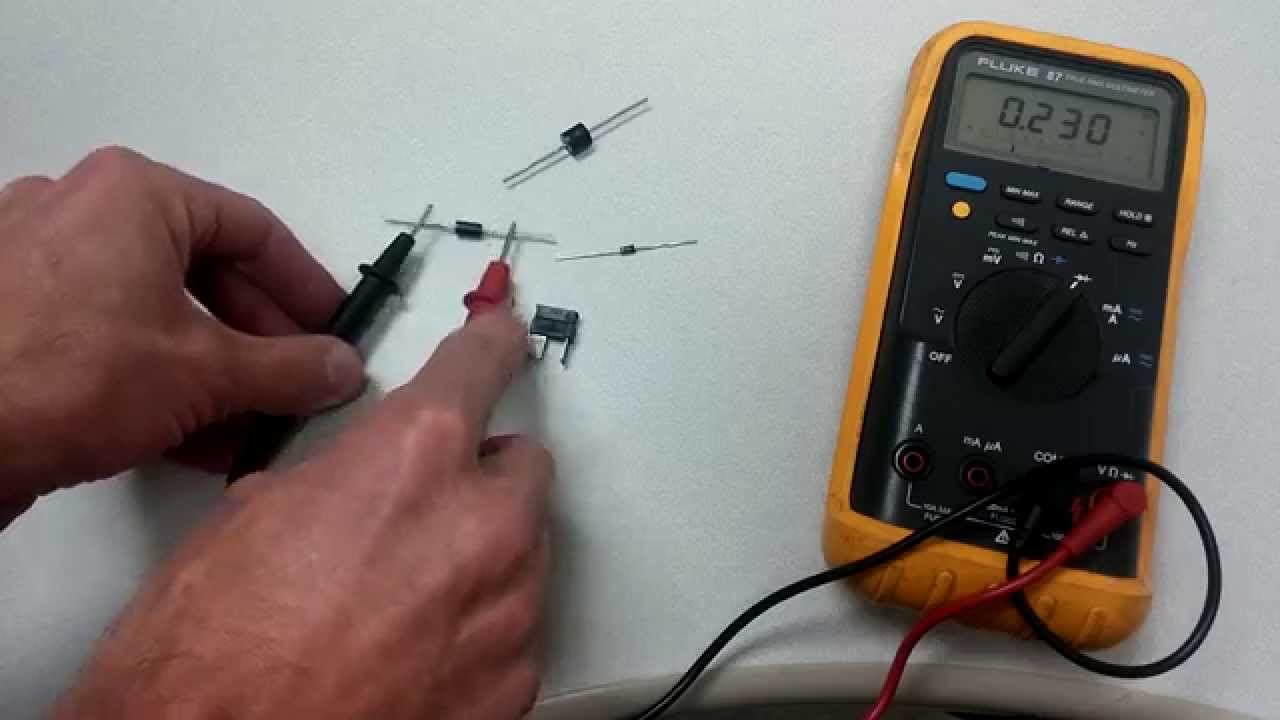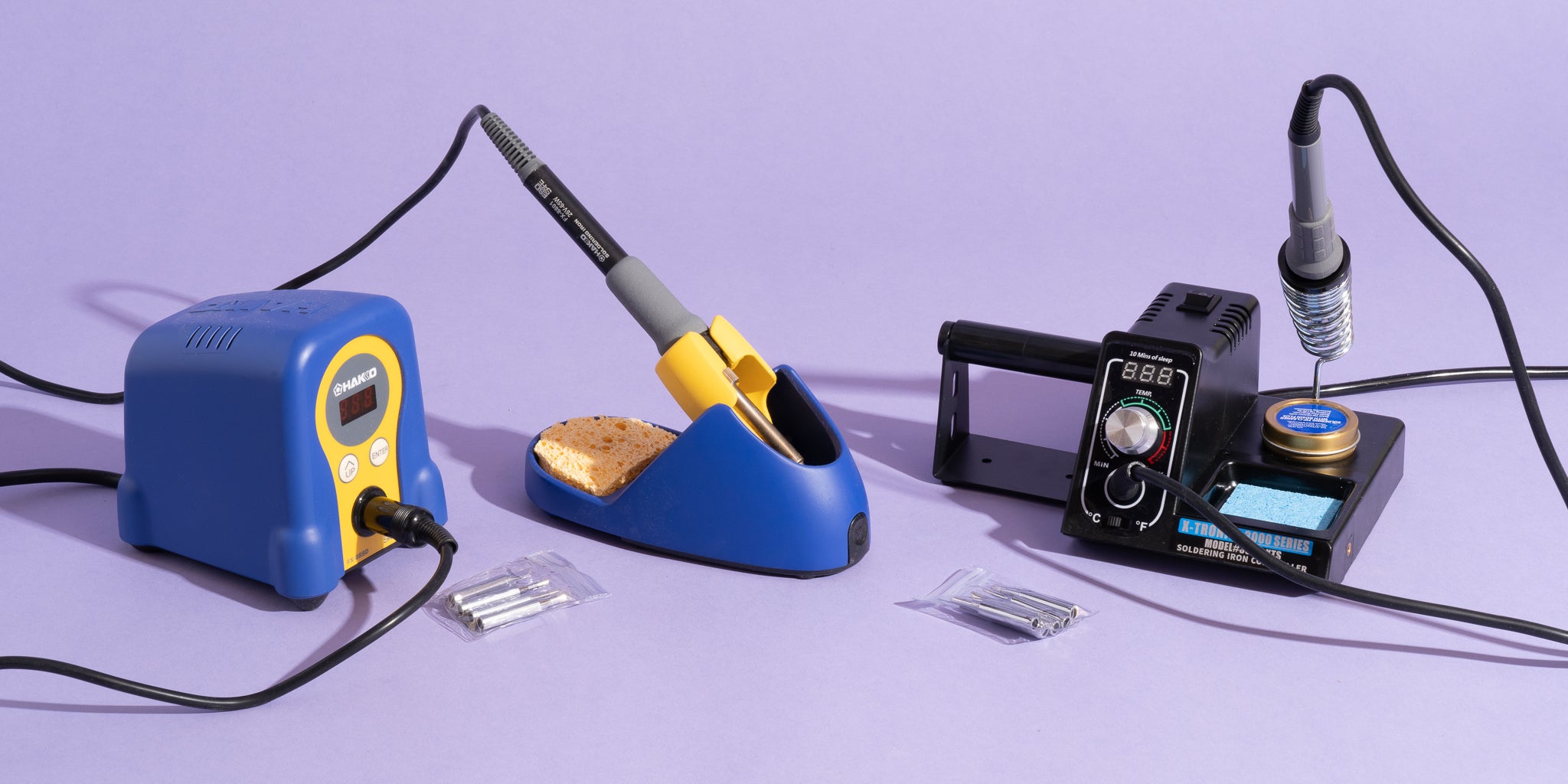How to Use a Variable Resistor
Variable resistors, also known as potentiometers, are important electronic components that allow you to control the flow of electric current in a circuit. They are commonly used in audio equipment, lighting controls, and many other electronic devices. In this article, we will explain how to use a variable resistor effectively.
Step 1: Understanding the Basics
Before using a variable resistor, it is important to understand how it works. A variable resistor consists of a resistive element and a wiper that moves along the resistive element. By adjusting the position of the wiper, you can change the resistance of the circuit.
Variable resistors come in different types, such as rotary potentiometers and slide potentiometers. Rotary potentiometers have a knob that can be turned to adjust the resistance, while slide potentiometers have a slider that can be moved back and forth.
Step 2: Wiring the Variable Resistor
To use a variable resistor in a circuit, you need to wire it properly. Connect one terminal of the variable resistor to the power source, and the other terminal to the load. The wiper terminal should be connected to the point where you want to control the resistance.
Make sure to use the correct gauge of wire and solder the connections securely. It is also important to check the datasheet of the variable resistor to ensure that you are connecting it correctly.
Step 3: Adjusting the Resistance
Once the variable resistor is properly wired, you can start adjusting the resistance. Turn the knob or move the slider to change the resistance of the circuit. You can increase or decrease the resistance depending on your needs.
It is important to monitor the current flowing through the circuit while adjusting the resistance. Make sure not to exceed the maximum current rating of the variable resistor to avoid overheating and damage.
Step 4: Testing the Circuit
After adjusting the resistance, it is important to test the circuit to ensure that it is functioning correctly. Use a multimeter to measure the current and voltage in the circuit and verify that they are within the specified limits.
If you encounter any issues, double-check the wiring of the variable resistor and make sure that all connections are secure. Troubleshoot any problems before proceeding with the circuit.
Step 5: Applications of Variable Resistors
Variable resistors have a wide range of applications in electronics. They are commonly used in volume controls, dimmer switches, and motor speed controls. By adjusting the resistance, you can control the output of these devices effectively.
Experiment with variable resistors in different circuits to understand their applications better. Learn how to use them effectively to optimize the performance of your electronic devices.
Conclusion
In conclusion, variable resistors are versatile components that allow you to control the flow of electric current in a circuit. By following the steps outlined in this article, you can effectively use a variable resistor in your electronic projects. Experiment with different types of variable resistors to gain a better understanding of their applications.
How to Use a Variable Resistor
Variable resistors, also known as potentiometers, are important electronic components that allow you to control the flow of electric current in a circuit. They are commonly used in audio equipment, lighting controls, and many other electronic devices. In this article, we will explain how to use a variable resistor effectively.
Step 1: Understanding the Basics
Before using a variable resistor, it is important to understand how it works. A variable resistor consists of a resistive element and a wiper that moves along the resistive element. By adjusting the position of the wiper, you can change the resistance of the circuit.
Variable resistors come in different types, such as rotary potentiometers and slide potentiometers. Rotary potentiometers have a knob that can be turned to adjust the resistance, while slide potentiometers have a slider that can be moved back and forth.
Step 2: Wiring the Variable Resistor
To use a variable resistor in a circuit, you need to wire it properly. Connect one terminal of the variable resistor to the power source, and the other terminal to the load. The wiper terminal should be connected to the point where you want to control the resistance.
Make sure to use the correct gauge of wire and solder the connections securely. It is also important to check the datasheet of the variable resistor to ensure that you are connecting it correctly.
Step 3: Adjusting the Resistance
Once the variable resistor is properly wired, you can start adjusting the resistance. Turn the knob or move the slider to change the resistance of the circuit. You can increase or decrease the resistance depending on your needs.
It is important to monitor the current flowing through the circuit while adjusting the resistance. Make sure not to exceed the maximum current rating of the variable resistor to avoid overheating and damage.
Step 4: Testing the Circuit
After adjusting the resistance, it is important to test the circuit to ensure that it is functioning correctly. Use a multimeter to measure the current and voltage in the circuit and verify that they are within the specified limits.
If you encounter any issues, double-check the wiring of the variable resistor and make sure that all connections are secure. Troubleshoot any problems before proceeding with the circuit.
Step 5: Applications of Variable Resistors
Variable resistors have a wide range of applications in electronics. They are commonly used in volume controls, dimmer switches, and motor speed controls. By adjusting the resistance, you can control the output of these devices effectively.
Experiment with variable resistors in different circuits to understand their applications better. Learn how to use them effectively to optimize the performance of your electronic devices.
Conclusion
In conclusion, variable resistors are versatile components that allow you to control the flow of electric current in a circuit. By following the steps outlined in this article, you can effectively use a variable resistor in your electronic projects. Experiment with different types of variable resistors to gain a better understanding of their applications.



